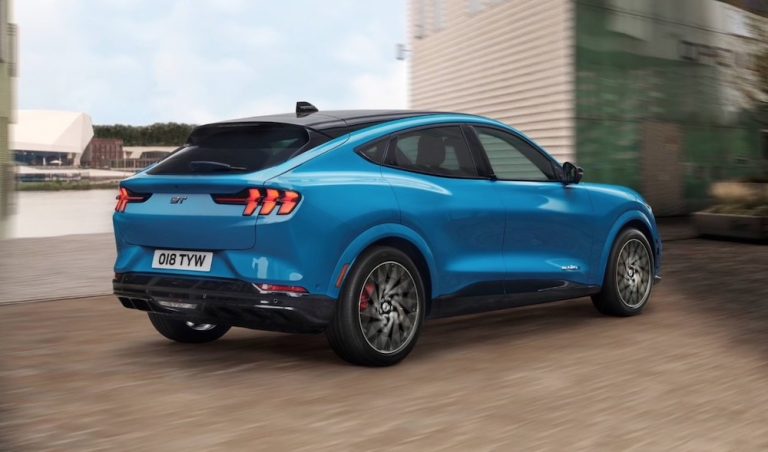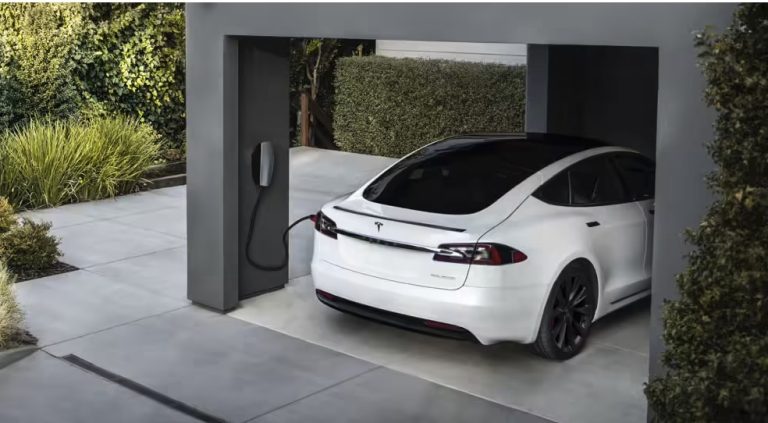Electric Cars: The Basics
For those of you new to zero-emission electric driving, we recommend a read of the following articles:
Sign up to the e-zoomed Electric Living newsletter
Introduction
For many new to electric driving, the terminology used in the industry can be challenging. A case in point are the acronyms used to describe electric cars (BEVs, PHEVs, MHEVs etc.). But do not worry, we have simplified the jargon for those new to electric vehicles in Ireland, a country destined for an electrified future.
As is the case in a number of global markets, to include the European Union and the United Kingdom, the sale of electric cars in Ireland is also fast gaining momentum. In fact, in January 2022, battery-electric vehicles (BEVs) and plug-in hybrid electric vehicles (PHEVs), accounted for 21% of all new cars licensed in Ireland. Put another way, more than a fifth of the cars bought in Ireland were either pure electric or a plug-in hybrid electric vehicles.
The government of Ireland is committed to the rapid adoption of electric cars in the country. The Department of Transport has committed €100 million for EV subsidies in 2022 (almost double the commitment in 2021). The grant for private electric vehicles is up to €5,000 on qualifying battery-electric vehicles (BEVs). Plug-in hybrid electric vehicles (PHEVs), do not qualify for the electric vehicle grant.
The government has set a target of 936,000 electric vehicles by 2030, with 845,000 to be private passenger cars. This will be approximately a third of the vehicles on roads in Ireland (currently there are 2.8 million vehicles on the road). Like many other governments, Ireland is committed to ending the sale of internal combustion engine (ICE) cars by 2030.
Electric Vehicles (EVs)
“Electric Vehicles” is a broad ‘umbrella term’ used to describe a number of different types of vehicles that use some form of electric power (electric motor) for propulsion. EVs come in all shapes and sizes, to include passenger cars, electric vans, electric buses and even more! Today there are more than 200 models of EVs available on sale globally.

Though electric cars like the Tesla Model 3 battery-electric vehicle (BEV), have inspired many to migrate to electric driving, other EVs like the hydrogen fuelled, Toyota Mirai fuel cell electric vehicle (FCEV), will continue to play an important role in the ever changing technological landscape of electric driving. For the medium term, we can expect battery-electric vehicles (BEVs) to take the dominant technological position, but we expect much to change over the next 30 to 50 years in terms of electric cars and the technology in the lead!
Though there are many types of electric vehicles, the table below lists the EVs that are most relevant to us today! This short guide will help you to understand the terminology used for each of these type of electric vehicles, what each can do, what the limits are and any features of that type, so you can make the right decision when selecting your next, or first, electric car.
| Type Of Electric Vehicle (EV) | Description |
|---|---|
| Mild Hybrid Electric Vehicles (MHEVs) | Mild hybrids use both an internal combustion engine (ICE) and electric motor. These cars are also known as ‘self-charging hybrids’. The vehicle uses regenerative braking (recuperated electric energy) to improve the fuel efficiency (mpg) and to reduce tailpipe emissions (CO2 g/km). However, mild hybrids cannot be charged by an external power source (i.e. EV charger). The recuperated electric energy is also used to boost the the combustion engine enhancing acceleration. Automotive manufactures (OEMs) like Toyota are one of the pioneers in developing and introducing mild hybrid vehicles. The ubiquitous Toyota Prius mild hybrid is an excellent example. Toyota also helped popularise the use of mild hybrids in the premium segment via its wholly owned Lexus brand. |
| Plug-In Hybrid Electric Vehicles (PHEVs) | Plug-in hybrid electric vehicles (PHEVs) aim to achieve the same objectives like a MHEV i.e. increase fuel efficiency and reduce tailpipe emissions. However there is much difference between a PHEV and a MHEV. The PHEV has a larger electric motor and onboard EV battery that is used to assist the internal combustion engine (ICE), but also to propel the vehicle. In a MHEV, the small onboard electric motor does not propel the vehicle. PHEVs come is varied EV battery sizes, but in general, most PHEVs have an EV battery size below 20 kWh. A plug-in electric car is capable of up to 40 km zero-tailpipe emission electric miles. However, some PHEVs are capable of even longer electric miles. The Volvo XC60 PHEV is a good example of a plug-in hybrid electric vehicle. Moreover, a PHEV EV battery is charged by using an external power source to include a domestic 3-PIN plug or a dedicated EV charger. |
| Battery-Electric Vehicle (BEV) | A battery-electric vehicle is more commonly referred to as a pure electric car. The EVs are ‘pure’ in that, the vehicle only uses electric power for propulsion i.e. a BEV does not have an internal combustion engine. It is easy to recognise these zero-tailpipe emission green cars, as they are silent (except for the artificial noise) and do not have a tailpipe! The electric vehicles have a much larger onboard EV battery than a PHEV. The EV battery on a BEV can be as large as 120 kWh, though an average in 60 kWh. In any case, most BEVs have an EV battery larger than 30 kWh. BEVs also use regenerative braking to improve the vehicle efficiency and electric range. However, the main source for the EV range is the EV battery, which can only be charged using an external power source, like an EV charger. BEVs can vary in range, depending on a number factors. However the more recent BEVs can have a range between 150 km to 500 km (WLTP) on a single charge. |
While e-zoomed uses reasonable efforts to provide accurate and up-to-date information, some of the information provided is gathered from third parties and has not been independently verified by e-zoomed. While the information from the third party sources is believed to be reliable, no warranty, express or implied, is made by e-zoomed regarding the accuracy, adequacy, completeness, legality, reliability or usefulness of any information. This disclaimer applies to both isolated and aggregate uses of this information.
























